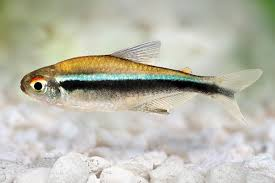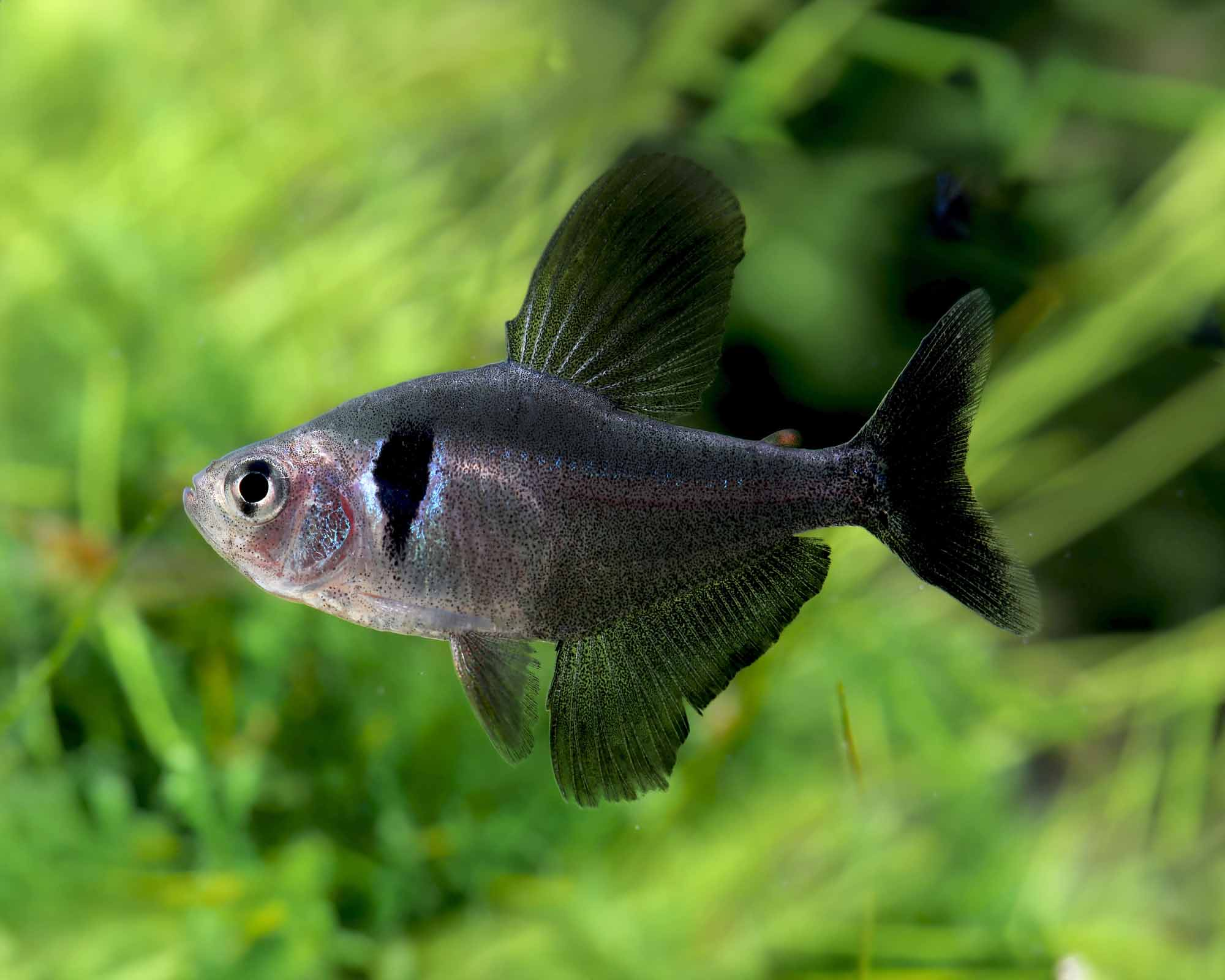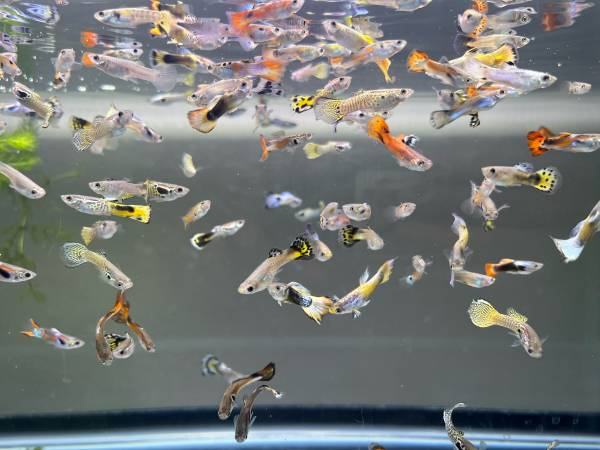The Bronze Corydoras (Corydoras aeneus) is one of the most popular freshwater catfish species among aquarists of all experience levels. Its peaceful nature, social behavior, and attractive metallic bronze coloration make it a valuable addition to any community aquarium.
🌿 Overview
Native to slow-moving rivers and streams of South America, this species thrives in clean, well-oxygenated water with soft substrates such as sand or smooth gravel. Bronze Corydoras are social schooling fish that should be kept in groups of at least five or more to display natural, active behavior.
🧪 Water & Tank Requirements
Provide a minimum 20-gallon aquarium with gentle filtration and regular maintenance. These catfish prefer temperatures between 22–26°C (72–79°F) and a pH range of 6.0–7.5. Fine sand or smooth gravel substrate helps protect their sensitive barbels as they forage for food at the tank bottom.
🍽️ Feeding
Bronze Corydoras are omnivores and will accept a variety of foods including:
-
Sinking pellets or wafers
-
Frozen or live foods such as bloodworms and brine shrimp
-
Blanched vegetables (zucchini, cucumber slices)
Feed small amounts 1–2 times daily.
🤝 Tank Mates
Ideal companions include:
-
Tetras, Guppies, Mollies, Rasboras, and peaceful Gouramis
-
Avoid large or aggressive fish such as Cichlids or Barbs
Their calm nature makes them perfect for community aquariums with similar-sized, peaceful species.
💡 Additional Tips for Beginners
-
Keep in groups of 5 or more for best social behavior.
-
Provide hiding places like caves and plants.
-
Perform weekly partial water changes to maintain water quality.
-
Avoid sharp substrates to prevent injury to their barbels.
With the right care, Bronze Corydoras will reward you with years of lively, endearing companionship in your aquarium.




Reviews
There are no reviews yet.